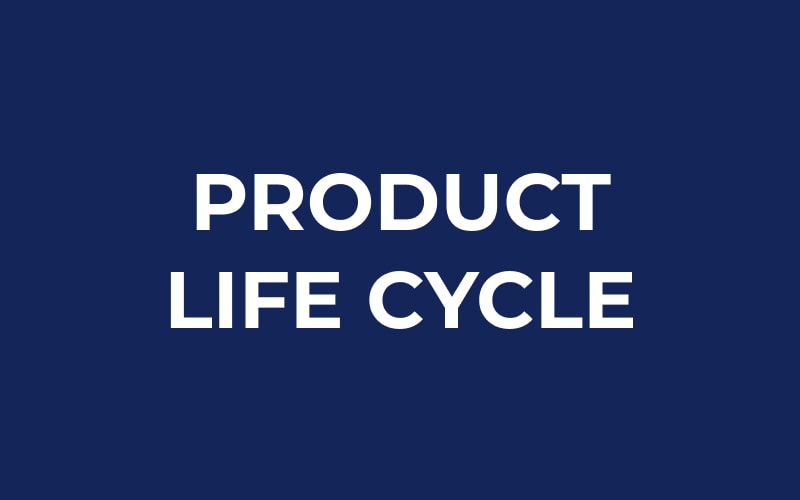
Product life cycle
In today’s fast-paced business world, companies must be able to quickly respond to market changes and adjust their strategies accordingly. One crucial aspect of this is managing their product life cycle, refers to the stages that a product goes through from its introduction to the market to its withdrawal. These stages include the introduction, growth, maturity, and decline phases. In each of these stages, the product’s sales and profits change, and the company’s marketing, production, and financial strategies must be adjusted accordingly. Understanding the product life cycle and how it affects pricing is key for success in the ecommerce and retail industries.
Product life cycle’s impact on pricing:
Introduction phase: During the introduction phase, businesses may charge a higher price for a new product to level their research and development costs.
Growth phase: During the growth phase, businesses may lower the price to increase market penetration and grow market share.
Maturity phase: During the maturity phase, businesses may keep the price stable or slightly increase the price to maximize profits.
Decline phase: During the decline phase, businesses may lower the price to clear out inventory or discontinue the product.
Product innovation: Businesses can use product innovation to extend the product lifecycle by introducing new features or benefits to the existing product.
Product line pricing: Businesses can use product line pricing, which is pricing different versions of the same product at different price points, to extend the lifecycle of a product line.
By understanding the product lifecycle, ecommerce and retail businesses can anticipate the changes in sales and profits and make informed pricing decisions that align with the stage of the product’s lifecycle. This can help them recoup costs, increase market penetration, maximize profits, and extend the lifecycle of the product.
Summary
The product life cycle refers to the stages that a product goes through from its introduction to the market to its withdrawal. These stages include the introduction, growth, maturity, and decline phases. In ecommerce and retail businesses, the product life cycle can impact pricing. During the introduction phase, businesses may charge a higher price to recoup R&D costs, during the growth phase, businesses may lower the price to increase market penetration, during the maturity phase, businesses may keep the price stable to maximize profits and during the decline phase, businesses may lower the price to clear out inventory or discontinue the product. Businesses can use product innovation and product line pricing to extend the life cycle of a product.

